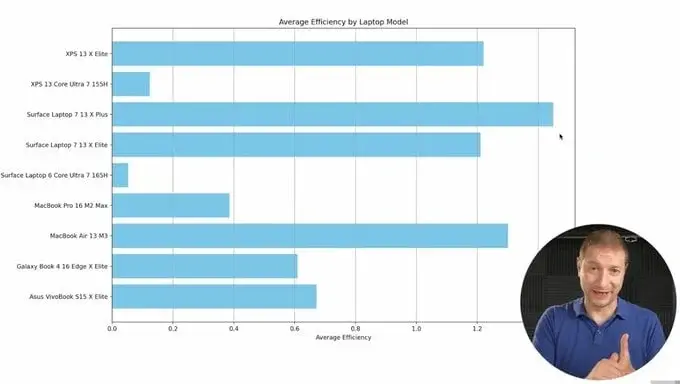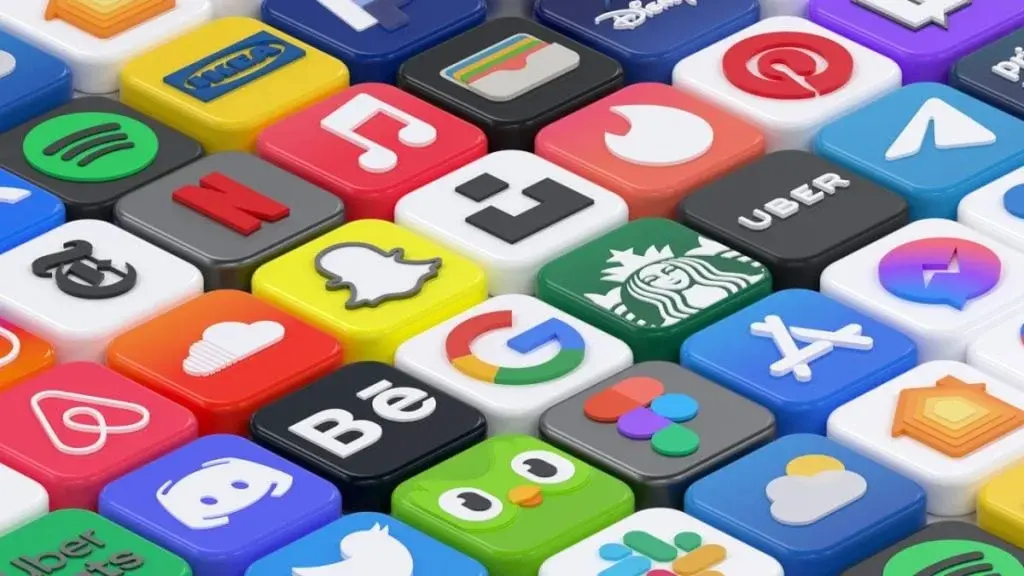Various PC manufacturers have recently introduced their latest notebooks featuring Qualcomm’s new Snapdragon X Elite and X Plus processors. These chips promise impressive battery life, and now, we observe the Snapdragon X series-powered Surface Laptops compared to the latest MacBooks, delivering some noteworthy results.
Is Snapdragon X Plus Superior to M3 in Efficiency?
In a battery life and efficiency examination by Alex Ziskind on YouTube, we gain insight into the real-world performance of the new Snapdragon chips. His test aimed to provide a realistic portrayal by including coding, music listening, and some intensive tasks. Alex also considered the different battery sizes of the laptops.
In the initial efficiency test measuring “Battery Drain vs Work Done”, the M2 MacBook Air emerged as the most efficient, with the M3 MacBook Pro and M2 Max variants also demonstrating commendable performance. Conversely, the Surface Laptop 7th Edition outshone other Snapdragon X Elite and X Plus equipped laptops such as the ASUS Vivobook S 15, Dell XPS 13, and Galaxy Book 4 16 Edge. It is important to note that this efficiency test focused more on intensive tasks that pushed the CPU cores.
Automated Workflow Test
Ziskind conducted an automated workflow test to simulate a more realistic scenario, rerunning the test while occasionally playing YouTube videos, writing, and running codes. This prolonged test had all laptops set to high performance. In this scenario, the Surface Laptop 7 13 (X Plus) led the group with the highest average efficiency, followed closely by the M3 MacBook Air 13.
The Snapdragon X Elite variant of the Surface Laptop 7 13 secured third place, performing significantly better than the Galaxy Book 4 Edge 16 and VivoBook S 15. It should be noted that this test reflects the experience of a coder, so results may vary with casual use and different tasks. For more details, you can check out our previous coverage of the Snapdragon X Plus, where it outperforms the M2 and M3 chips in Cinebench.






